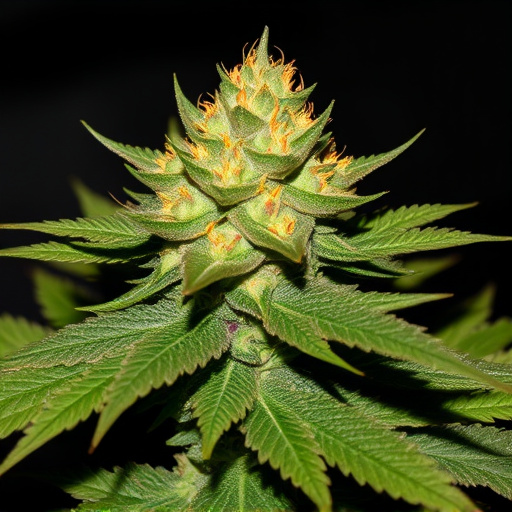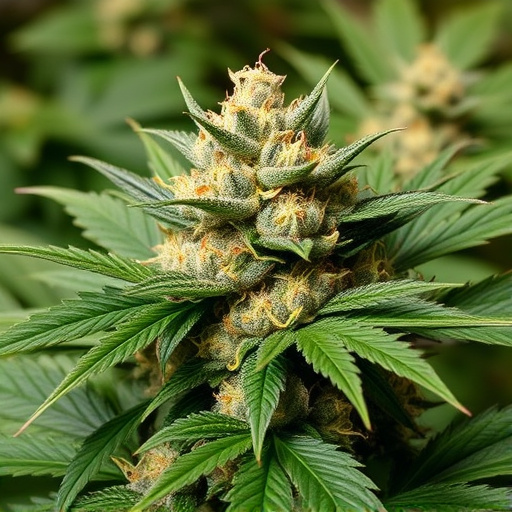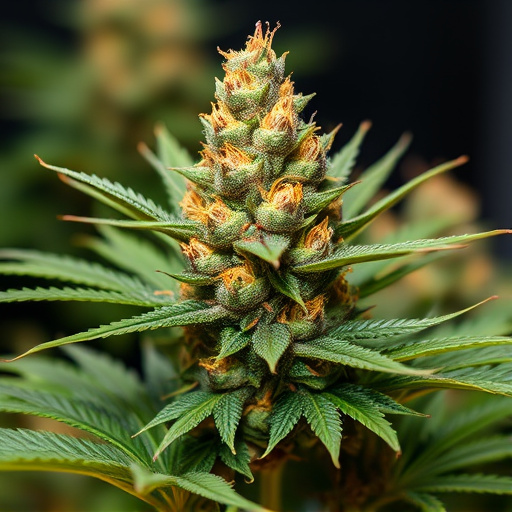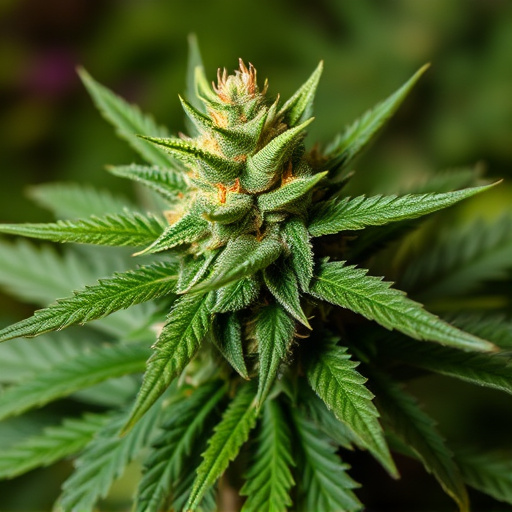Cannabis metabolism after consumption of big bud strains is complex, affecting how long cannabinoids remain detectable in the body. Factors like strain potency, consumption method, frequency, dosage, and individual tolerance influence detection times, which can range from days to months for heavy users. Potent strains and faster consumption methods typically lead to longer retention periods, while regular use may result in shorter times. Long-term effects of big bud strains require further research, with studies focusing on cognitive changes, memory issues, and anxiety experienced weeks post-consumption. Testing methods identifying specific cannabinoids and terpenes are crucial for informed consumer decisions in legal markets.
Discover how long cannabis remains detectable in your system, from understanding metabolism to factors influencing detection time. This comprehensive guide explores the science behind cannabis elimination, focusing on the impact of strain type, especially ‘Big Bud’ varieties. Learn about the varying retention times and the potential long-term effects, offering insights for informed decision-making.
- Understanding Cannabis Metabolism and Elimination
- Factors Affecting Cannabis Detection Time
- Long-Term Effects and Testing for Big Bud Strains
Understanding Cannabis Metabolism and Elimination
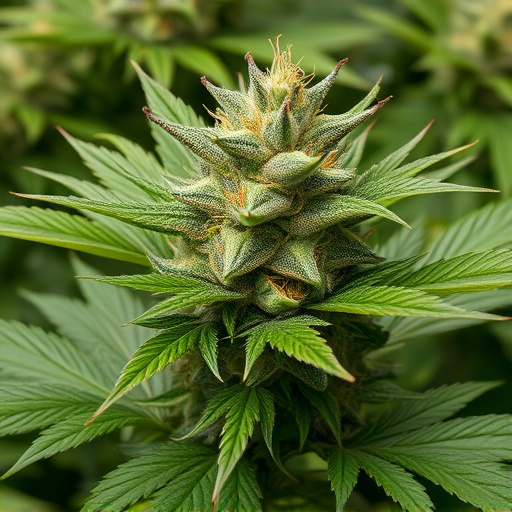
Cannabis, particularly potent big bud strains, is metabolized and eliminated from the body in a complex process. When consumed, cannabinoids like THC (tetrahydrocannabinol) and CBD (cannabidiol) enter the bloodstream through respiratory or gastrointestinal pathways. Once there, they are transported to various organs, including fat cells, which can lead to prolonged storage and subsequent detection in drug tests.
The metabolism of cannabis involves the liver, where enzymes break down these compounds into metabolites that are more water-soluble and easier for the body to excrete. These metabolites are then eliminated through urine, sweat, and feces. The time it takes for cannabis to stay detectable varies based on factors like consumption method, frequency, and individual metabolism, ranging from a few days to several weeks or even months for heavy users, especially when traces of cannabinoids can be found in fat tissues.
Factors Affecting Cannabis Detection Time

Several factors influence how long cannabis remains detectable in your system, and understanding these can vary based on individual biology and usage patterns. One significant factor is the strain—big bud strains, known for their potent THC content, may result in longer detection times due to the increased concentration of metabolizable compounds. The method of consumption also plays a role; smoking or vaping cannabis generally leads to faster absorption and elimination from the body compared to ingestion through edibles.
Additionally, factors like frequency of use, dosage, metabolism, and individual tolerance can extend or shorten detection periods. Regular users may experience shorter retention times because their bodies have adapted to process cannabinoids more efficiently. Conversely, occasional users or those with slower metabolisms might find that cannabis remains detectable for longer periods, emphasizing the importance of personalized understanding when considering timing and frequency of use.
Long-Term Effects and Testing for Big Bud Strains
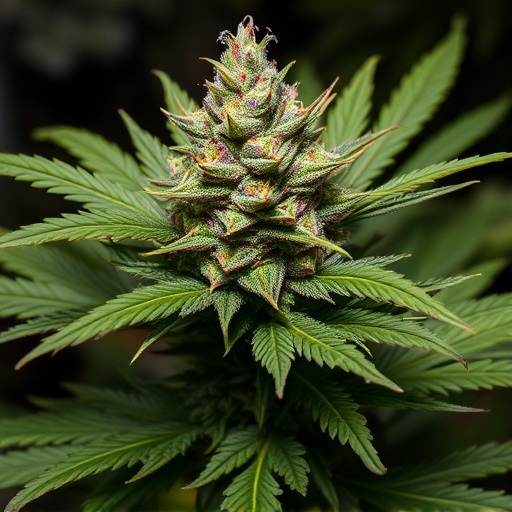
The long-term effects of cannabis, especially regarding big bud strains, are a subject of ongoing research and debate. While short-term impacts like relaxation and altered perception may be well-documented, the persistent presence of cannabinoids in the system and their potential aftereffects require further study. Some users report cognitive changes, memory issues, and heightened anxiety days or even weeks after consumption, particularly with potent big bud strains. These experiences highlight the need for individuals to understand the duration cannabis remains active in their bodies, which can vary based on factors like metabolism, frequency of use, and the specific chemical composition of the strain.
Testing plays a crucial role in understanding these effects, especially when considering the diverse range of big bud strains available. Advanced testing methods can identify the exact cannabinoids and terpenes present in a particular strain, offering insights into its potential impact. This information empowers users to make informed decisions about their consumption, particularly in legal contexts where specific limits and guidelines exist. By knowing the composition of different big bud strains, individuals can better manage their cannabis use and mitigate any long-term effects.
Cannabis metabolism varies from person to person, and understanding how long cannabis remains detectable is crucial, especially for those curious about the effects of big bud strains. While it can typically take several days to weeks for cannabis to completely eliminate from your system, factors like metabolism, frequency of use, and consumption method can significantly impact detection times. Regular users may find cannabis metabolites present for extended periods, whereas occasional consumers might experience shorter retention times. Knowing these variables is essential when considering the potential long-term effects of big bud strains and their impact on various tests.








